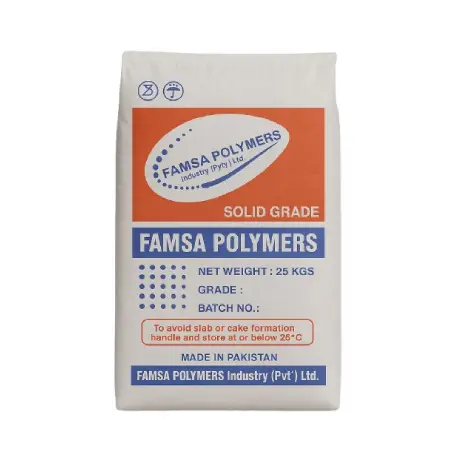
| Grade | EEW (g/eq) | Solution Viscosity (25 ℃) | Softening Point (℃) | Characteristics/Uses |
| FAMKOTE-011 | 455-495 | D-F | 60-70 | Unmodified Solid Epoxy Resin |
| FAMKOTE -12 | 780-840 | M-O | 88-95 | Standard Solid Epoxy Resin |
| FAMKOTE -13 | 800-950 | P-S | 88-102 | Medium MW Solid Epoxy Resin |
Don’t miss our future updates! Get Subscribed Today!
© 2025 Famsa Ploymers Industry Pvt Ltd. All Rights Reserved. | Web Designed By artxpro